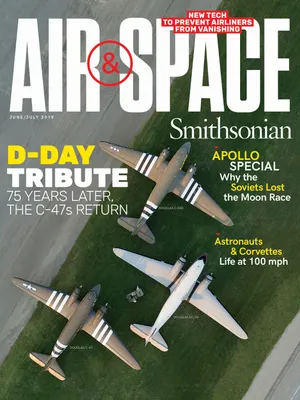Why the Soviets Lost the Moon Race
Even with a late start, cosmonauts might still have made the first lunar landing. But by the end of 1968, it was game over.
/https://tf-cmsv2-smithsonianmag-media.s3.amazonaws.com/filer/7b/6f/7b6f3b21-019e-4d28-a699-ec2880c3b7f5/13c_jj2019.jpg)
About two weeks before the Apollo 11 mission was launched to the moon, Apollo 8 astronaut Frank Borman was in Moscow on a courtesy trip on behalf of NASA. The visit had been planned for months but the timing could not have been worse. American astronauts were getting ready to land on the moon while it appeared as if the Soviets had ceded the race.
On the evening of July 4, 1969, Borman was at the ornate U.S. Embassy compound in Moscow, surrounded by several veteran cosmonauts who seemed reticent if not outright glum. The following day, Borman visited the Cosmonaut Training Center at Star City, where he met with cosmonaut coordinator Nikolai Kamanin. One of the few Soviet space program managers with a public profile, Kamanin was also a national hero who had come to prominence back in the 1930s for leading a daring Arctic rescue. Now his mood seemed unusually subdued. When a journalist asked whether the Soviet Union was going to launch a mission to the moon to preempt Apollo 11, Kamanin and the cosmonauts would neither confirm nor deny it.
Yet Kamanin knew something neither Borman nor the journalists knew: The moon race was already lost. On July 3, the secret moon rocket known as the N-1 had exploded in a fireball at the remote launch site at Baikonur in Kazakhstan, destroying one of two launch pads. In his private diary that night, Kamanin wrote a lament: “We are desperate for a success, especially now when the American astronaut Frank Borman is our guest. But all such hopes were dispelled by the powerful explosion of the rocket five seconds after launch…the failure has put us back another one or one-and-a-half years....”
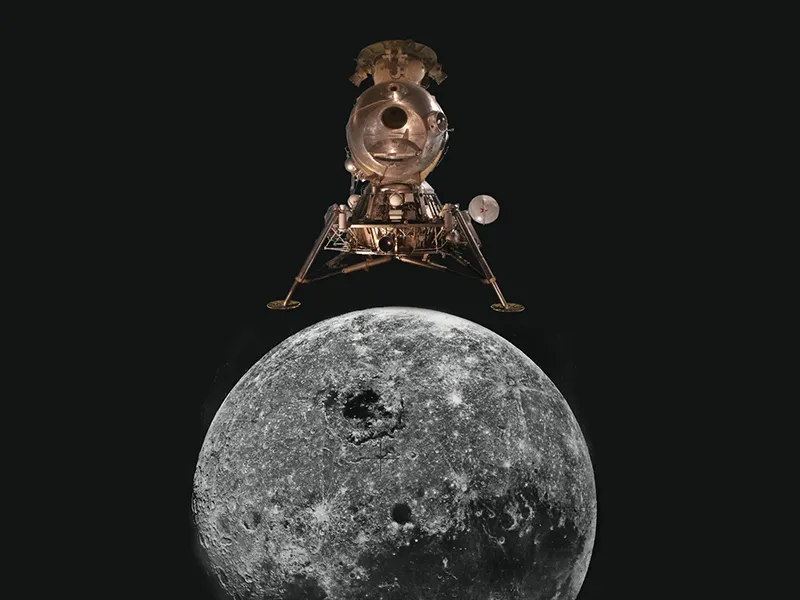
Back in the United States, the CIA had prepared a report as part of President Richard Nixon’s “Daily Brief ” for July 5 that began: “A major Soviet unmanned space launch toward the moon on 3 July ended in failure as a result of an explosion.” Hard evidence would come later. In August, an American CORONA spy satellite returned detailed images of the area. Jack Rooney, a photo interpreter at the top-secret National Photographic Interpretation Center (NPIC) in Washington, D.C., was so shocked when he saw the pictures that his outburst (“Jesus Christ!”) interrupted co-workers around him. The whole area around the pad appeared destroyed or damaged.
In the Soviet Union, nothing was spoken of the failure in public. In fact, the iron-fisted secrecy that had shrouded the early Soviet space program came in handy as those initial successes were now eclipsed by a series of disasters. As Yaroslav Golovanov, a sharp-tongued journalist for the Soviet newspaper Komsomolskaya Pravda noted, “Secrecy was necessary so that no one would overtake us. But later, when they did overtake us, we had to maintain secrecy so that no one knew that we had been overtaken.”
/https://tf-cmsv2-smithsonianmag-media.s3.amazonaws.com/filer/2c/18/2c1897bf-4b93-4a56-8953-0f06845057ad/13g_jj2019_luna9viatass_1434364_live.jpg)
Why did the Soviets lose the moon race? Their lead over the Americans in the early days of the Space Age had seemed almost unassailable. Beginning with Sputnik 1, the first artificial satellite, in 1957, they racked up an unprecedented series of firsts: the first human in space, the first spacewalk, the first soft landing on the moon, and the first lunar rover. These accomplishments required smart people and good designs, as well as the ability to organize high-tech teams for singular tasks. If the Soviet Union could do all that, why did it not land a cosmonaut on the moon?
As with any major historical event, the reasons are complex and there is no single, easy explanation. Yet a few broad factors stand out. First, the Soviets entered the game late, more than three years after John F. Kennedy’s declaration for the moon in May 1961. In 1960, Soviet Chief Designer Sergei Korolev, who presided over the country’s largest missile and space firm, had managed to get approval for a series of heavy-lift rockets designated “N” (for nosityel or “carrier” in Russian), with the ability (by 1967) to lift about 80 tons of payload to Earth orbit. The rationale for these rockets was vague: a variety of military goals, a large Earth-orbiting space station, and perhaps human missions to Mars.

By September 1962, the plan to put 75 tons into Earth orbit was set in stone, with a rocket called the N-1. Hundreds of subcontracts were handed out, and work began in earnest. But unlike NASA’s Saturn V, there was no firm mission for the rocket for at least another year. In July 1963, for the first time, Korolev established a piloted lunar landing as a priority, and asked his engineers to work out a comprehensive plan.
But it was NASA’s firing of a Saturn I rocket in May 1964, with a boilerplate Apollo Command and Service Module (CSM), that alarmed Soviet managers the most. Before that, the U.S. schedule for reaching the moon could be discounted as tentative. But who could disregard an actual Apollo spacecraft in orbit? Two months later, Korolev arranged a meeting with Soviet leader Nikita Khrushchev at the Kremlin and convinced him to commit to a project that could beat Apollo to the surface of the moon. Khrushchev signed off on the plan on August 3, 1964. At that point, Korolev and his engineers were just beginning to solidify the architecture of the moon project, which included a souped-up N-1 capable of delivering 95 tons to Earth orbit, a lunar-orbit-rendezvous strategy (similar to NASA’s), and a one-person lunar lander. By then, Apollo was already well on its way, and the U.S. lead would prove to be formidable.
The late start, however, was not the only—or even the most important—problem. The Soviet defense industry was beset with a chaotic management system completely at odds with what we might imagine for a socialist economy. While NASA was a centralized, top-down system run by the federal government, the Soviet space program acted more like a socialist version of a competitive market. But rules were followed only half the time, and the program was held hostage by bureaucratic gridlock and the whims of powerful individuals.
Managers like Korolev operated their own little fiefdoms. He had worked closely with the design firm of Valentin Glushko, which made high-performance, liquid-propellant rocket engines. Korolev and Glushko had known each other as young men in the early 1930s, and, although their friendship had been rocky (especially during the Stalinist purges, when they were forced to denounce each other), they managed to remain on cordial terms until the late 1950s. The battle over the N-1, though, completely destroyed any decorum, to the point where they refused to be in the same room together.
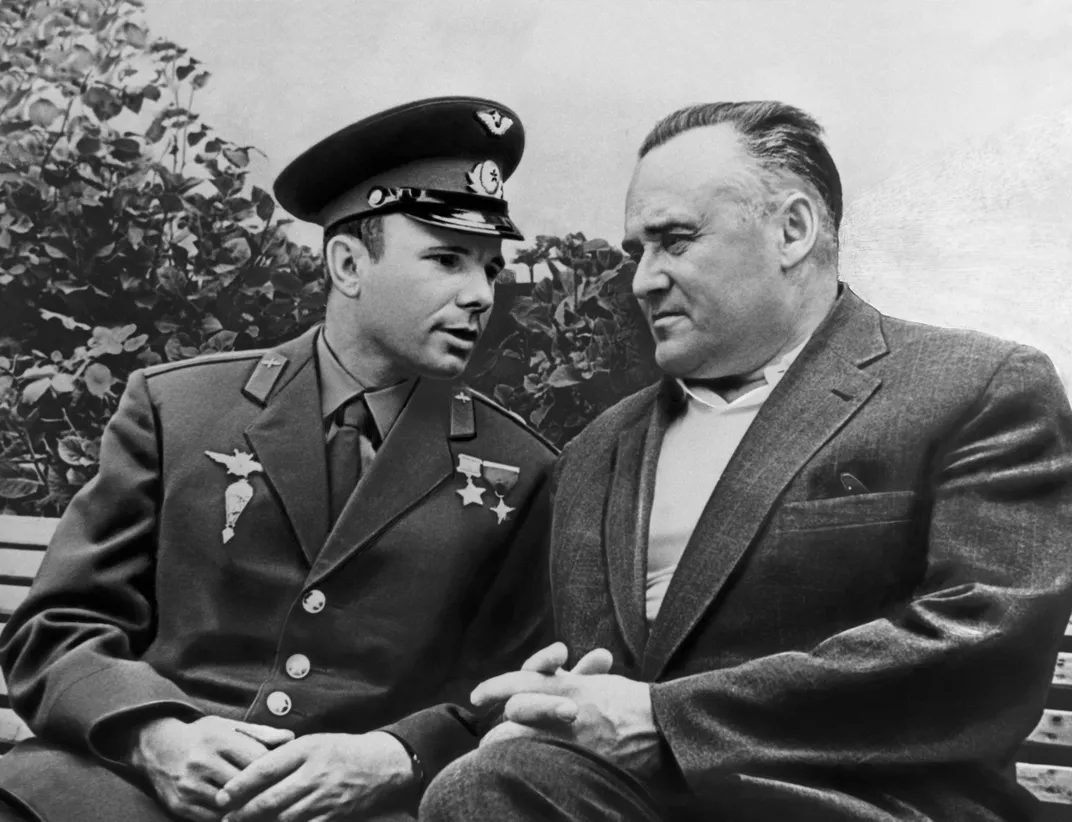
The feud was more than just personal. Glushko, in 1960 and 1961, had begun to move all his resources to developing rocket engines that used storable propellants, which were more suitable for ICBMs that had to be on permanent standby. This made pragmatic sense, since the Soviet Union was gearing up for a massive buildup of its ICBM force in the 1960s. Korolev, however, argued that cryogenic (supercold) fuel such as liquid hydrogen would generate much more lifting capacity for a moon rocket. In the summer of 1962, a commission evaluated Glushko’s designs for the N-1 and those of Nikolai Kuznetsov, a newcomer to the rocket engine business who was willing to use cryogenics as Korolev wanted. The commission ruled in favor of Kuznetsov.
In a market economy, the loser of a design competition is expected to move on. In the Soviet space program, that didn’t happen. Glushko had influential friends in the Communist Party and allies in the space program. He partnered with a fellow usurper, Vladimir Chelomei, who oversaw a giant conglomerate of firms that designed ICBMs and cruise missiles. In 1967, when Korolev’s N-1 program was moving full-steam ahead, Glushko and Chelomei managed to secure approval from the Politburo to mount a parallel project, known as the UR-700, to compete with Korolev’s moon rocket. It was as if a NASA contractor refused to accept that it lost out to another firm, and just kept going with its own version. Although the UR-700 was canceled soon after, such cases—and there were many in the Soviet space and missile programs—dissipated badly needed resources.
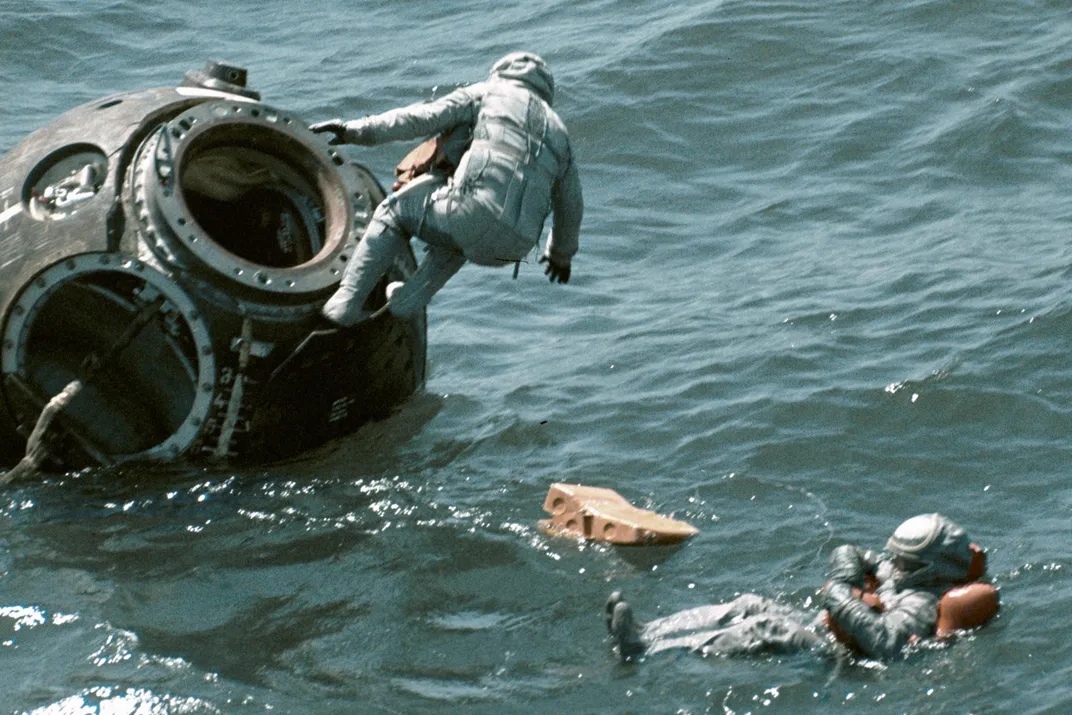
Organizational chaos also plagued the lunar plan itself. From the earliest days, Korolev and others considered a cosmonaut flight to orbit the moon as a separate mission from a lunar landing, even though logically they could have been integrated into a single program. The separation continued into the late 1960s, even as it made less and less sense. Eventually, Korolev and Chelomei agreed to cooperate on a program known as L-1, whose only goal was to send a crew of two cosmonauts around the moon and bring them back to Earth. That project, publicly known as Zond, failed to pay dividends after its launch rocket, Chelomei’s new Proton, failed three times to reach Earth orbit in 1967 and 1968. Zond-4 made it to deep space, but came down way off course in the Atlantic on its return, and had to be destroyed by remote control.
Even as late as mid-1968, there was a real chance the Soviets could have preempted NASA’s historic Apollo 8 mission to orbit the moon, which was only added to the schedule in August of that year. But even though the next two flights, Zond-5 in September and Zond-6 in November, circled the moon successfully, they suffered key failures on the return to Earth. As a result, the proposed mission to launch cosmonauts Alexei Leonov and Oleg Makarov in early December, just in time to beat Apollo 8, was canceled. When Apollo 8 flew around the moon over Christmas 1968, Kamanin wrote in his diary that “for us, the holiday is darkened with the realization of lost opportunities and with sadness that today the men flying to the moon are not named Valery Bykovsky, Pavel Popovich, or Alexei Leonov but rather Frank Borman, James Lovell, and William Anders.”
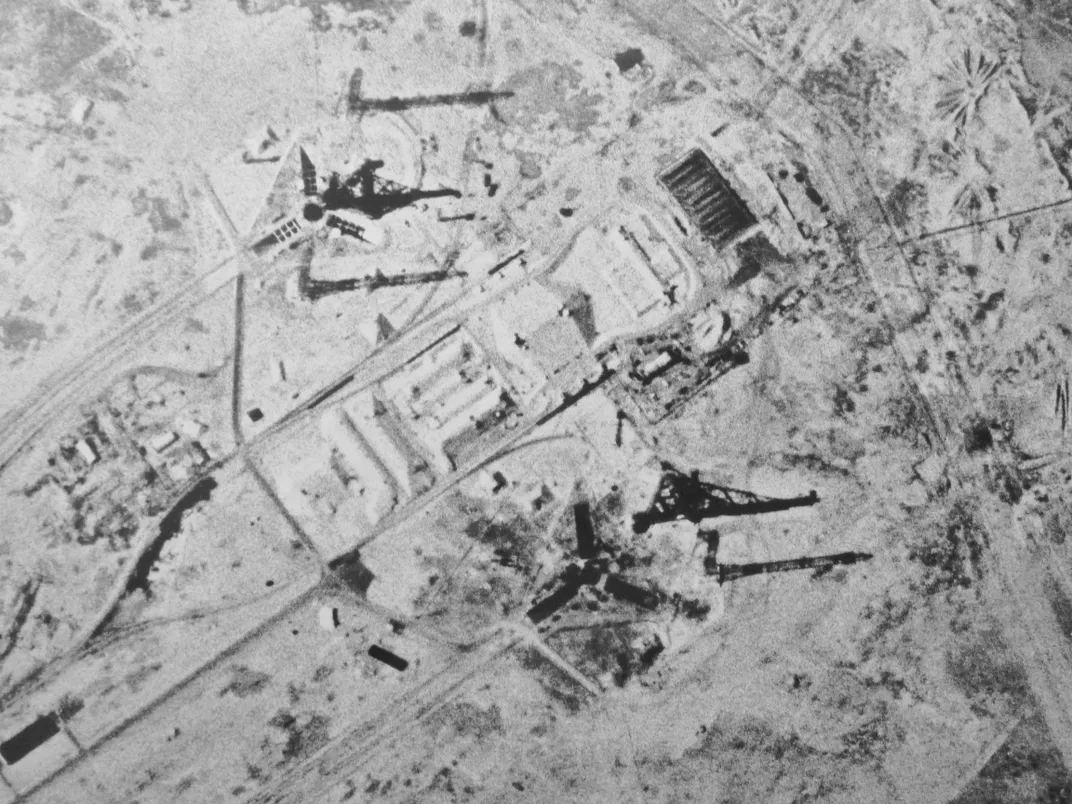
All along, the Soviet moon program had suffered from a third problem—lack of money. Massive investments required to develop new ICBMs and nuclear weapons so that the Soviet military could achieve strategic parity with the United States siphoned funds away from the space program. The organizations that designed strategic weapons, as well as the supporting electronics and ground infrastructure, were the exact same ones manufacturing hardware for the space program. While Korolev’s design bureau, OKB-1, was building the N-1 moon rocket, it was also producing the first-generation solid propellant ICBM. Resources were incredibly tight, and when the Strategic Rocket Forces, which essentially ran the Soviet space program, made decisions to allocate funding, it naturally favored strategic and military programs over what it considered useless space spectaculars.
The N-1, in particular, was considered by many senior military officers as a total waste, and they did not hide their disdain. Soviet Minister of Defense Marshal Rodion Malinovsky blurted out to fellow officers during a meeting in 1965, “We cannot afford to, and will not, build super powerful launch vehicles and carry out flights to the moon.” His successor, Marshal Andrei Grechko, was even more blunt: “I am against moon missions.”
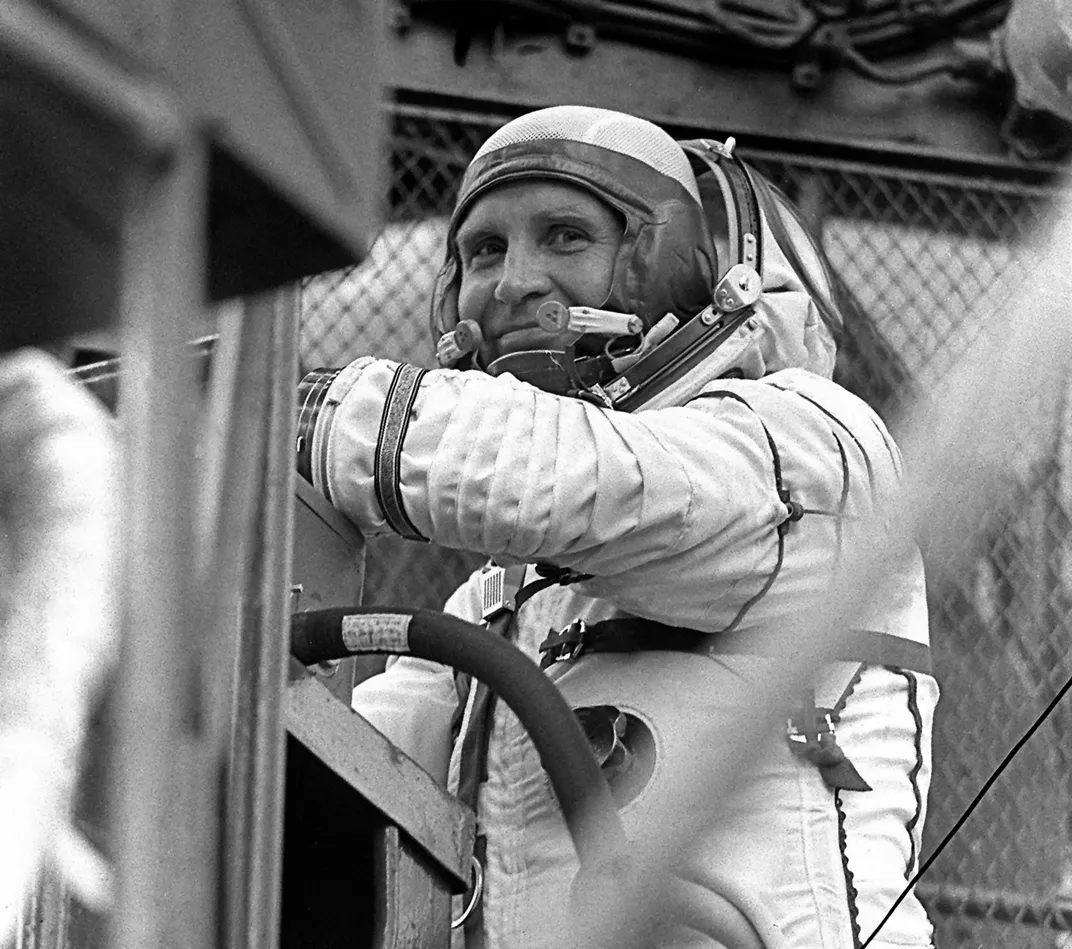
Lack of money and time contributed directly to one of the most fateful decisions of the N-1 program, to forgo ground testing of the first stage before flight. This meant that each launch of the N-1—there were four attempts, all failures, from February 1969 to November 1972—was conducted without ever having tested the first stage on a test stand first, which even then some considered absolute insanity, considering the novelty of its design. Kuznetsov, the engine’s designer, had decided to adopt a very advanced and highly risky (at the time) process known as staged combustion. This meant that the thrust had to be relatively low—about 150 tons at sea level—compared to the F-1 engines in the Saturn V, which weighed in at about 690 tons. To generate the needed thrust, Korolev and Kuznetsov decided to put 30 engines at the base of the N-1’s first stage. But that decision created more problems: How do you synchronize the thrust and vectors of so many engines firing at once? What if one or two fail? These potential anomalies required serious attention, and could have been solved by constructing an expensive new ground test facility. But such a site would have cost money and time to build. The rancor over this issue became so intense that Korolev and one of his long-time deputies, Leonid Voskresensky, got into a screaming match, with Korolev threatening to beat him with a stick. Although Korolev later apologized, Voskresensky resigned in 1964 rather than participate in what he correctly saw was a doomed project.
As it happened, all four N-1 launches failed before the first stage even reached burnout. The second attempt, on July 3, 1969—with NASA’s Apollo 11 already sitting on the launch pad—was intended to send a Zond spacecraft into lunar orbit. No cosmonauts were on board, but it was meant to signal that the Soviets were close. Moments after the N-1 lifted off the pad, just after midnight at Baikonur, it fell back and exploded. The explosion was so intense, according to Valery Menshikov, a young rocket forces officer on duty, that “pieces of the rocket were thrown ten kilometers away, and large windows were shattered in structures 40 kilometers away. A 400-kilogram spherical tank landed on the roof of the installation and testing wing, seven kilometers from the launch pad.” In one spectacular moment, the moon race came to an end.
